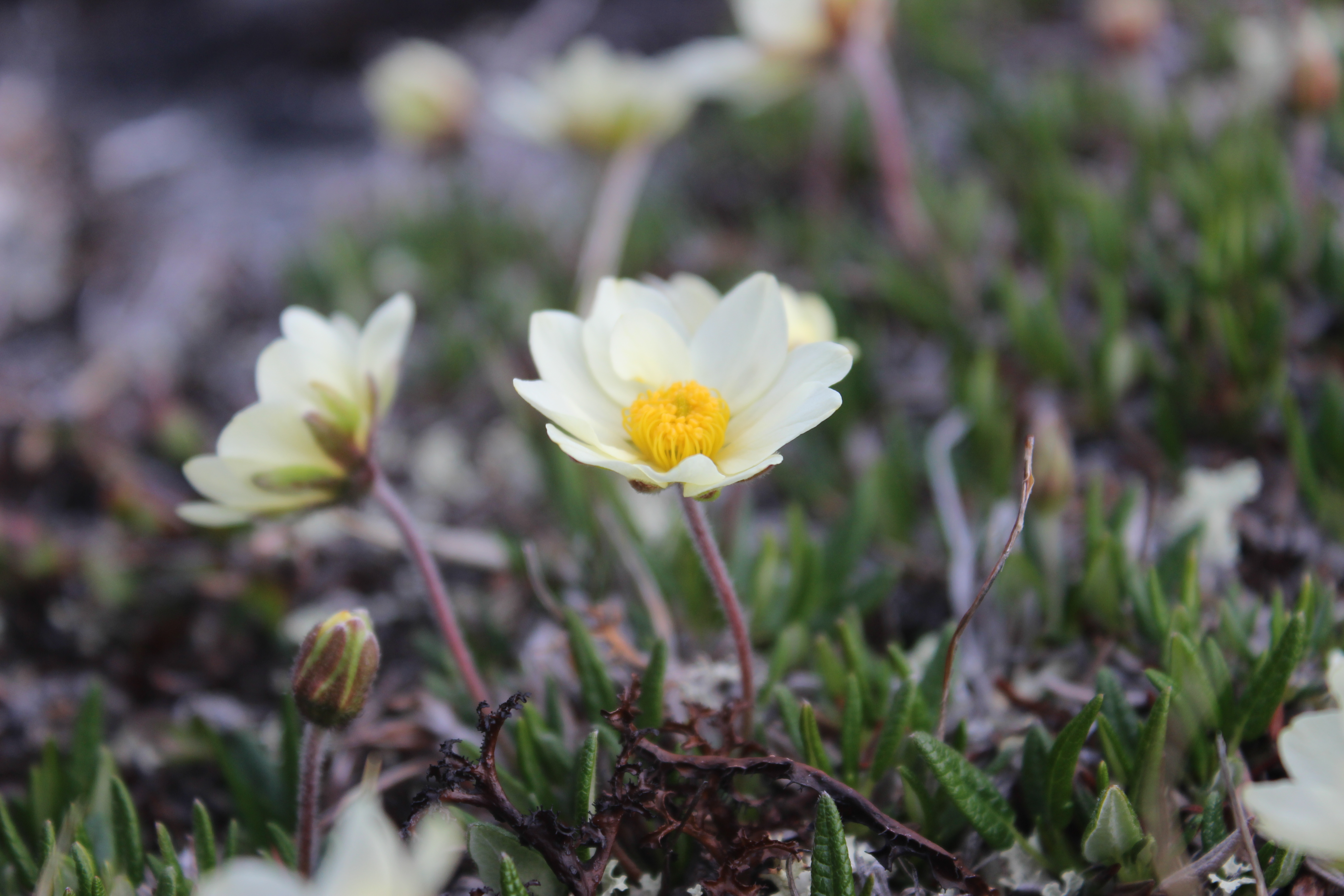Climate influences the interactions between species in the Arctic
Long-term monitoring of plants, insects and birds in northeast Greenland shows earlier spring arrival

Climate change shifts the seasonal dynamics of many organisms: plants bloom earlier, the activity period of insects changes, and birds lay their eggs earlier.
At Zackenberg research station in northeast Greenland, scientists have been monitoring the signs of spring for two decades. Along with climate change, the spring now arrives earlier than it did only for twenty years ago.
One of the concerns among scientists is how the changes in the seasonal dynamics of individual species affect the interactions between species. After all, the functioning of ecosystems depends on interactions between species: who are the predators and who are the preys, and how changes in producers are reflected in other parts of the system.
A new study based on monitoring data from Zackenberg shows that the seasonal dynamics of different species influence each other. The scientists analysed data on three plant species (Arctic bell-heather, Mountain avens, Arctic willow), three wader species (Ruddy turnstone, Sanderling, Dunlin), and two groups of arthropods (flies and chironomids).
The analysis shows that the timing of bird egg laying is influenced by the emergence of their food resource, the insects. Furthermore, the availability of flowering plants influences the abundance of insects visiting the flowers. The timing of snowmelt triggers several processes in the ecosystem. The study underlines that indirect effects influence the response to climate change on the ecosystem level.
New publication from Arctic Research Centre:
Mortensen LO, Schmidt NM, Høye TT, Damgaard C & Forchhammer MC 2016. Analysis of trophic interactions reveals highly plastic response to climate change in a tri-trophic High-Arctic ecosystem. Polar Biology DOI 10.1007/s00300-015-1872-z
